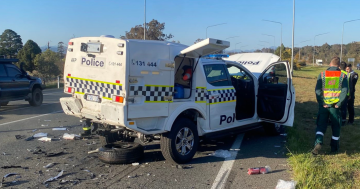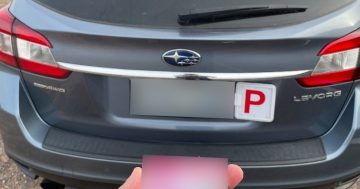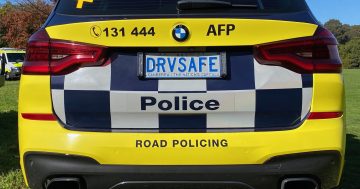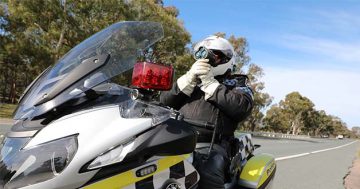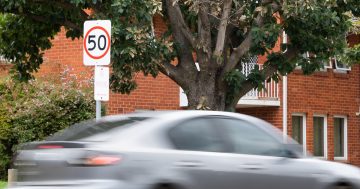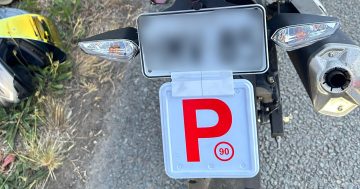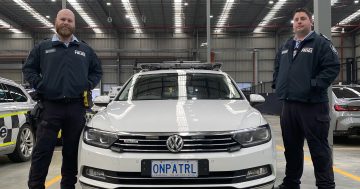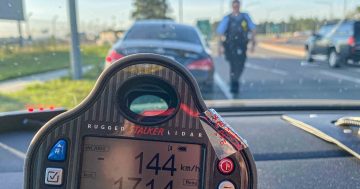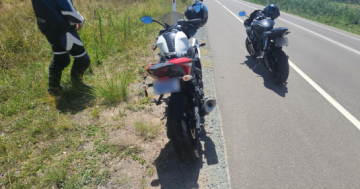
Four drivers were issued infringement notices on Saturday (29 July) for not slowing down past emergency vehicles. Photo: AFP.
John Berry is operations manager for the ACT Ambulance Services, and he has a single message for Canberra.
“Just help us look after you and your loved ones.”
He’s referring to the road rule requiring motorists to slow down to 40 km/h when passing emergency vehicles flashing red and blue lights.
“It diverts from our patient care when we have to worry about ourselves. By the Canberra community slowing down, it allows us to concentrate on that patient fully,” he said.
This warning comes after ACT Policing conducted “concentrated enforcement activities” along the Monaro Highway and Kings Highway on Saturday (29 July) and were “disappointed” by the number of drivers who either ignored the rule or said they were unaware of it.
Four drivers were issued infringement notices for the offence across the day.
Detective Acting Superintendent Matt Craft says police constantly see “people speed past emergency vehicles stopped on the side of the road”.
“It’s dangerous. We’ve seen incidents in the past where police and emergency services have been hit by vehicles, which often has tragic consequences. That’s what we really want to stop. It’s important that once drivers see the lights, they make an attempt to slow down,” he said.
The rule was introduced into the ACT in April 2018, inspired by a similar one over the border in NSW.
Provided the emergency vehicle is displaying blue and red lights, motorists must slow down to 40 km/h and move over as far as possible when passing.
You can only pick up speed again once you’re a “sufficient distance past the vehicle”.
This applies even if the vehicle is on the other side of the road.
The only exception is if your car and the emergency services vehicle are separated by a median strip. In this case, you can drive normally and there is no need to slow down.
The punishment for flouting the rule is a $257 fine and two demerit points.
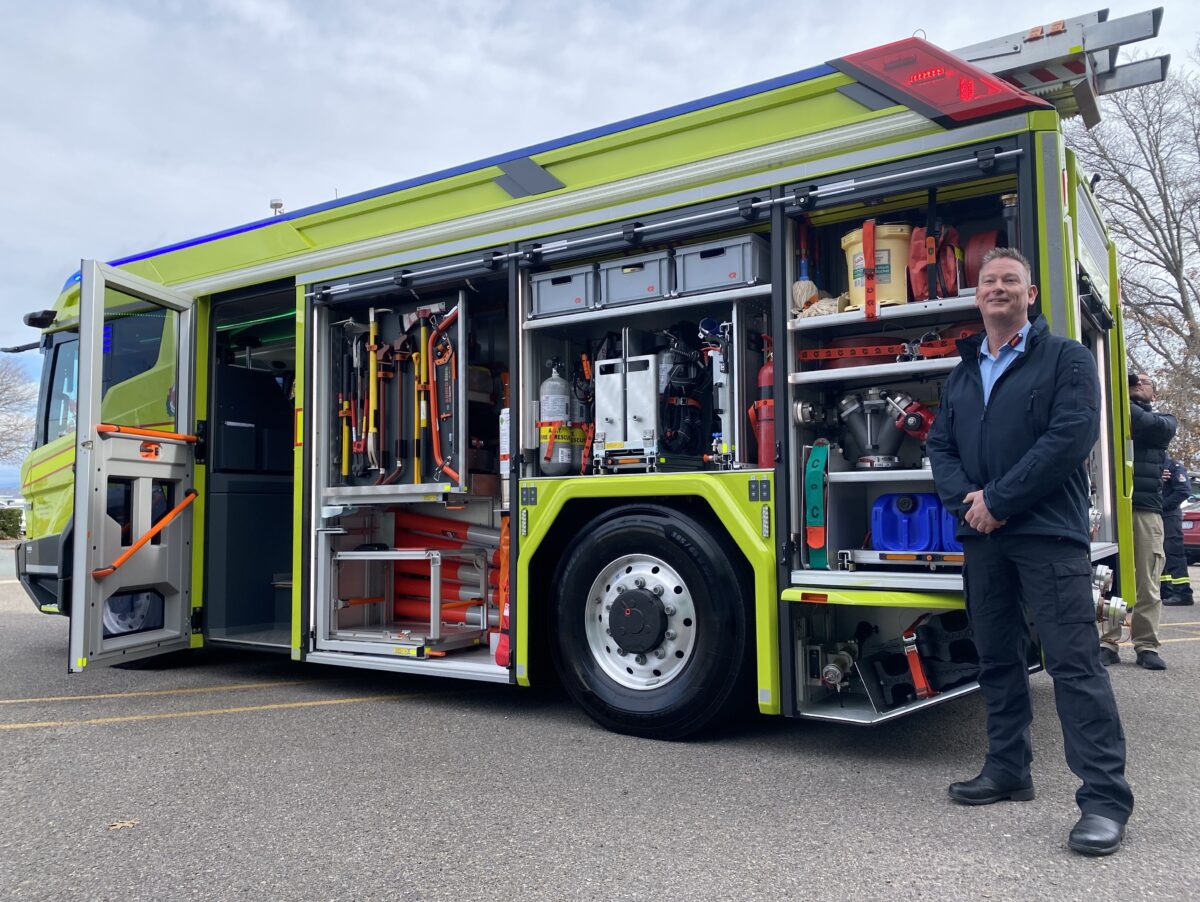
Canberra’s new plug-in hybrid fire truck includes a ‘rumbler’ as an extra warning system, designed to shake nearby cars and pedestrians with powerful vibrations. Photo: Claire Fenwicke.
Critics have noted it can be dangerous on highways when cars are expected to come down from speeds of 100 km/h or more with little notice. But police say this is taken into consideration.
“Obviously, we’re aware that each road is different, circumstances are different, and visibility at times can be different,” Detective Acting Superintendent Craft said.
“We just want people to pay a bit more attention to what’s going on around them. We want them to make an attempt to slow down.”
Queensland and the Northern Territory are the only jurisdictions in Australia that don’t have explicit rules around passing emergency vehicles.
Queensland police tell drivers to “move over to another lane if safe to do so and/or slow down if possible” and NT motorists are advised to change lanes where possible.
In South Australia, drivers are required to pass emergency vehicles at an even slower speed of 25 km/h.
All states and territories have rules on what to do when an emergency vehicle is approaching you with lights flashing or sirens blaring (or both).
The official advice from ACT Policing is to “move out of their path as soon as it is safe to do so”.
They ask motorists to “not panic” but “remain calm”, slow down, and – using indicators – move as far to the left of the road as possible and come to a stop.
“If you cannot move out of the path safely, stay where you are and let the emergency vehicle drive around you.”
According to the 2019 ACT Road Rules handbook, this also “takes priority over every other road rule”, which means there is provision to reasonably break other road rules if required.













